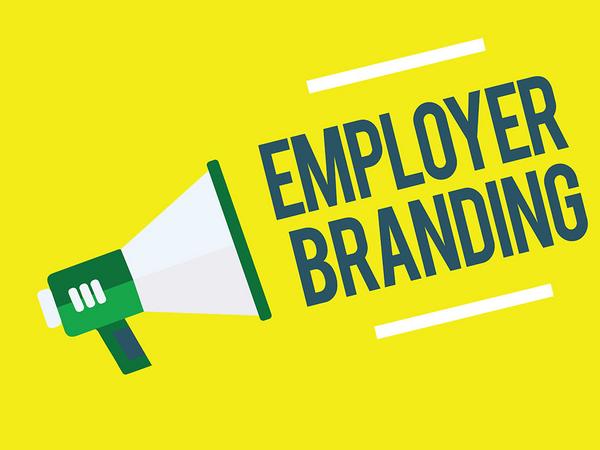Using employer branding to boost recruitment
Show me similar content
Human Resources
Employer branding is founded on the simple fact that every company has an image. Since this image is shaped by everything you say in the public arena, you can actively influence what it looks like. Ultimately, if a business is considered to be an appealing employer, it will win the best candidates – so it is vital the world knows your company is exactly that. But how?
What’s our unique selling point?
First of all, pursuing employer branding is all about attitude. It’s about the values, qualities and characteristics that are put into action in your business and that you communicate externally. Conducting a self-analysis is thus the first and fundamental step in employer branding. What are our strengths as an employer? What do we offer our staff? What makes us special? But also, what are our weaknesses and how do outsiders see us?
It is crucial to be honest with yourself. Values need to be implemented, promises need to be realistic. With that in mind, you should make use of available facts, figures and data, and incorporate important stakeholders such as senior executives, HR staff and marketing experts into your self-analysis. If you do all that, you will end up with a nuanced, fact-based image of your own company. You may find you need to tweak a few things to become more competitive as an employer – that, too, is part of employer branding.
Defining target groups
At the next stage, the key questions for your campaign are “How do you wish to be perceived as a company?” and “What is to define your employer brand?” It is equally important, however, to ask yourself who your target group is and which candidates you want to reach. The clearer your answers to these questions, the more likely you are to succeed in your venture. Reaching IT specialists requires a different approach compared with recruiting hotel staff or care workers. In other words, how you pitch your campaign also depends on your target audience.
Many channels, one great impact
Employer branding is usually a multi-channel activity. The possibilities for using a huge range of tools to shape your image are virtually endless, but it is vital you always communicate consistently and in line with your strategic goals. Simply put, you need to speak with one voice. There are countless channels you can draw on, including company/career websites, employer videos and slogans, events such as open days, recruitment fairs and university visits, rankings on portals such as GlassDoor, traditional media formats from TV to print, job adverts in newspapers and, of course, social media.
Social media is king
Pretty much the only way to reach applicants from Generation Y or Z in particular is via social media. So, if that’s your target audience, be sure to use Instagram, Snapchat and so forth. However, older applicants also go online in search of new opportunities, accessing career portals such as XING and LinkedIn, not to mention Facebook, Twitter and specialist platforms.
Social recruiting – how to find new staff with active sourcing
Guide: Social Recruiting
Rule No. 1: Persevere
You need to take time, regularly and over the long term, to build up your employer brand, and this applies much more to social media than other channels. Harness everything social media has to offer, from paid ads and tips about events right through to polls, prize draws and competitions. Above all, make sure to communicate with users, reply to them, comment on their posts and give them a like. Besides specific job opportunities, they also expect to see stories that relate to your company, but don’t necessarily have anything to do with a particular vacancy. It’s about cultivating your image – employer branding at its finest.
Last but not least, don’t forget that defining and tracking key performance indicators is crucial for measuring and, where necessary, enhancing the success of your employer branding efforts.
Show me similar content
Human Resources



